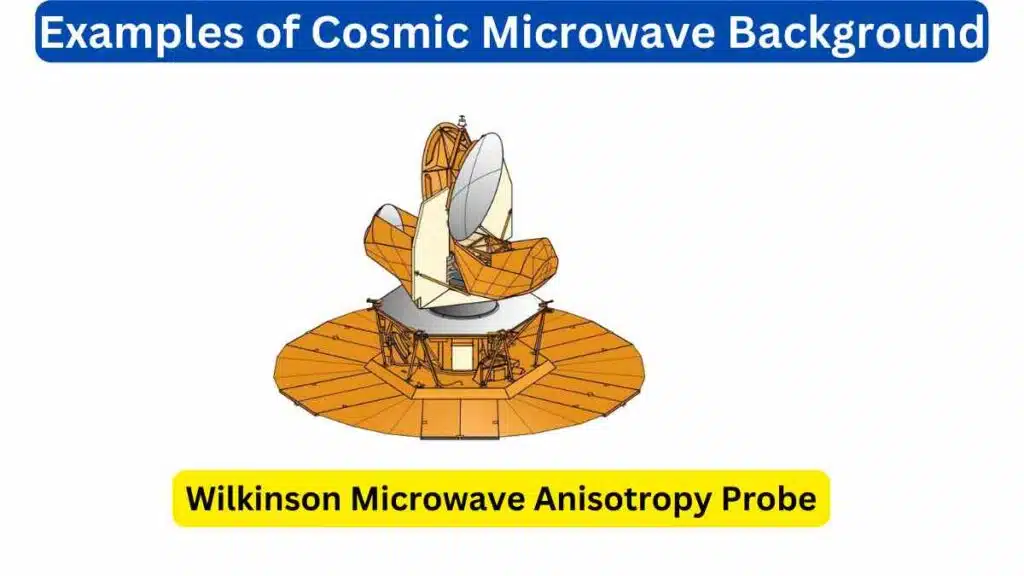10 Examples of Cosmic Microwave Background
The cosmic microwave background (CMB) is a faint uniform radiation that fills the universe and is a key piece of evidence supporting the Big Bang theory. It consists of microwave radiation that is nearly isotropic with a nearly uniform temperature of approximately 2.7 Kelvin (-454.81 degrees Fahrenheit).
Examples of Cosmic Microwave Background
Here are ten aspects and implications of the cosmic microwave background.

1. Discovery of the Cosmic Microwave Background
The CMB was first discovered in 1965 by Arno Penzias and Robert Wilson, who detected faint microwave radiation coming from all directions in the universe. This discovery provided strong evidence for the Big Bang theory.
2. Temperature Uniformity of the CMB
One of the most remarkable features of the CMB is its uniform temperature, with tiny fluctuations. These fluctuations are crucial for understanding the formation of galaxies and large-scale cosmic structures.
3. The CMB as a Snapshot of the Early Universe
The CMB represents the universe’s state about 380,000 years after the Big Bang. Studying it allows us to peer back in time and learn about the universe’s early history.
4. Planck Satellite’s Precision Measurements
The Planck satellite, launched in 2009, provided high-precision measurements of the CMB, greatly enhancing our understanding of its temperature fluctuations and characteristics.
5. Cosmic Microwave Background Radiation as Relic Heat
The CMB radiation is often referred to as “relic heat” because it is the afterglow of the intense heat and energy of the early universe, which has since cooled to its current temperature of approximately 2.7 Kelvin.
6. Mapping the CMB with WMAP
The Wilkinson Microwave Anisotropy Probe (WMAP) was a spacecraft that mapped the CMB’s temperature variations in unprecedented detail, helping to refine our cosmological models.
7. Studying Inflation through the CMB
The CMB provides crucial information about cosmic inflation, a theory describing the rapid expansion of the universe in its early moments. Inflationary models are tested and constrained using CMB data.
8. Baryon Acoustic Oscillations in the CMB
The CMB contains imprints of baryon acoustic oscillations (BAO), which are patterns of sound waves in the early universe. BAO measurements are used to study the expansion history of the universe.
9. CMB Polarization
In addition to temperature fluctuations, the CMB exhibits patterns of polarization, which can reveal valuable insights into the universe’s early conditions and the presence of gravitational waves.
10. Cosmic Microwave Background and Cosmic Structure
The tiny temperature fluctuations seen in the CMB are the seeds of cosmic structure formation. They played a crucial role in the development of galaxies, clusters of galaxies, and the large-scale structure of the universe.







Leave a Reply